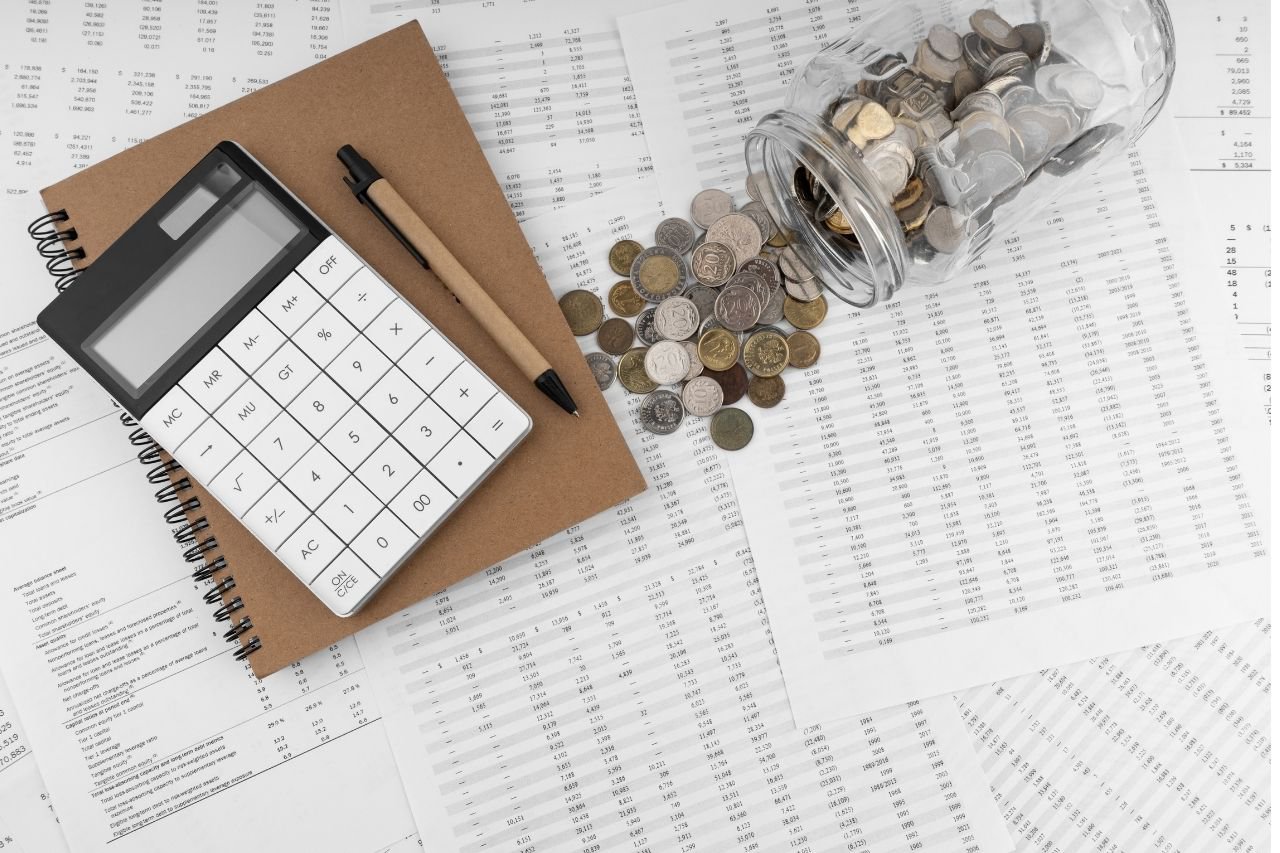What is Balance Sheet? Importance for Businesses and Analysis Methods

What is a Balance Sheet and Why is it Important?
A balance sheet is a fundamental financial statement that systematically displays the assets, liabilities, and equity of a business at a specific point in time. This statement, which summarizes the financial condition of the business, reveals the financial balance based on the "Assets, Liabilities Equity" equation. Preparing the balance sheet accurately and comprehensively is crucial for understanding the business’s financial health, liquidity, and investment potential.
A balance sheet not only shows the current financial status of a business but is also a critical tool for analyzing past performance and developing future strategies. Its importance extends beyond financial analysis; it serves as a guide for business owners and managers. A proper balance sheet analysis clearly reveals how the business manages its financial resources, its debt repayment capacity, profitability, and growth potential. Therefore, managing the balance sheet correctly and systematically is vital for establishing a sustainable financial structure.
Main Elements of the Balance Sheet
The balance sheet essentially consists of three main sections:
Assets: These cover the economic values owned by the business.
Liabilities: These represent the financial obligations the business owes to external parties.
Equity: This is the remaining capital of the business after liabilities have been deducted.
Assets and Their Types
Assets encompass all the economic values owned by the business and are divided into two main categories:
Current Assets: Assets that can be converted into cash within one year or less. These include cash, receivables, inventories, and marketable securities.
Non-Current Assets: Long-term investments that can be used over a period longer than one year. This group includes buildings, machinery, land, patents, and similar items.
Liabilities and Their Types
Liabilities indicate the financial obligations of the business and are divided into two categories:
Short-Term Liabilities: Debts that are to be paid within one year. Examples include trade payables, tax liabilities, and credit repayments.
Long-Term Liabilities: Obligations of the business that extend beyond one year. These include long-term loans and bond liabilities.
Equity and Its Components
Equity is the value remaining after deducting liabilities from the assets owned by the business.
Paid-in Capital: Funds provided by the shareholders.
Retained Earnings: Profits that the business has reinvested instead of distributing.
Prior Years’ Profits/Losses: The balance of profits or losses carried over from previous years.
Types and Characteristics of Balance Sheets
Balance sheets can be categorized based on their purpose and intended audience. Different types of balance sheets are prepared to present the financial condition of the business to various stakeholders. Here are the most common types and their characteristics:
Financial Balance Sheet
This type is prepared so that businesses can fulfill their tax obligations and present their financial statements in accordance with legal regulations. It is typically prepared for submission to tax authorities and official institutions, and must be compiled in compliance with accounting standards and tax laws.
Investor Balance Sheet
Prepared for shareholders, potential investors, and financial analysts, this balance sheet is detailed to best showcase the business’s financial health, profitability, and growth potential. It is generally prepared in accordance with international accounting standards (IFRS, GAAP, etc.) and is publicly shared.
Management Balance Sheet
This balance sheet is specifically arranged for business managers and decision-makers. It includes detailed analyses for effective management of business resources and strategic decision-making.
Consolidated Balance Sheet
Prepared for large companies with multiple subsidiaries, this type of balance sheet consolidates the financial statements of the parent company and its subsidiaries under one umbrella. This allows for a holistic analysis of the business’s assets, liabilities, and equity.
Cash Flow Balance Sheet
A type of balance sheet prepared to show the cash inflows and outflows and financial movements of the business. It allows for a detailed examination of cash transactions and serves as an important tool for liquidity management.Since each type of balance sheet serves a different purpose, appropriate financial standards and calculation methods must be used during its preparation.
Steps in Preparing a Balance Sheet
Classify the Assets: All assets owned by the business are divided into current and non-current assets.
Determine the Liabilities: Identify and detail the business’s short-term and long-term obligations.
Determine the Equity: Calculate and add paid-in capital, retained earnings, and prior years’ profits/losses to the balance sheet.
Check the Balance Sheet Equation: Ensure that the equation “Assets = Liabilities + Equity” is balanced and accurate.
Organization and Presentation: Prepare the balance sheet in accordance with international accounting standards (IFRS, GAAP) or local regulations and include it in the financial reporting.
Balance Sheet Analysis and Interpretation
Balance sheet analysis is the process of evaluating a business’s financial condition to determine its financial health, performance, and future strategies. This analysis involves using various financial ratios to measure the business’s debt repayment capacity, liquidity, profitability, and growth potential.
Liquidity Ratios
Liquidity ratios assess the business’s ability to meet its short-term liabilities. The most common liquidity ratios include:
Current Ratio: Shows the ratio of current assets to short-term liabilities.
(Current Ratio = Current Assets / Short-Term Liabilities)
Acid-Test Ratio: Shows the ratio of current assets excluding inventories to short-term liabilities.
(Acid-Test Ratio = (Current Assets - Inventories) / Short-Term Liabilities)
Cash Ratio: Indicates the extent to which the business’s most liquid assets can cover short-term liabilities.
Financial Leverage Ratios
These ratios are used to analyze the business’s financing structure and debt repayment capacity.
Debt/Equity Ratio: Shows the extent to which the business is financed by debt.
(Debt/Equity Ratio = Total Liabilities / Equity)
Debt Ratio: Indicates the proportion of the business’s total assets financed by debt.
(Debt Ratio = Total Liabilities / Total Assets)
Profitability Ratios
Profitability ratios are used to measure whether the business is operating efficiently and the returns provided to investors.
Gross Profit Margin: Indicates the profit margin from sales.
(Gross Profit Margin = Gross Profit / Net Sales)
Operating Profit Margin: Shows the profitability remaining after deducting operating expenses.
(Operating Profit Margin = Operating Profit / Net Sales)
Net Profit Margin: Expresses the ratio of net profit to total revenue.
(Net Profit Margin = Net Profit / Net Sales)
Return on Equity: Indicates how efficiently the business is using its equity.
(Return on Equity = Net Profit / Equity)
Growth and Efficiency Ratios
These ratios provide insight into the business’s growth rate and efficiency.
Asset Turnover Ratio: Shows how effectively the business uses its assets.
(Asset Turnover Ratio = Net Sales / Total Assets)
Inventory Turnover Ratio: Indicates how many times inventories are replenished over a period.
(Inventory Turnover Ratio = Cost of Goods Sold / Average Inventory)
Performing an accurate balance sheet analysis is critical for understanding the financial strength of a business and making strategic decisions. Regular monitoring of financial ratios helps identify the business’s strengths and weaknesses, facilitating sustainable growth.
The following key ratios are used in balance sheet analysis:
Liquidity Ratios: Indicate the capacity to pay short-term debts.
Debt/Equity Ratio: Analyzes financial risks.
Profitability Ratios: Calculate the return on investment.
Conclusion
A balance sheet is a critical financial statement that reveals the business’s financial structure and health. It is not only essential for understanding the current financial status but also for planning future strategic decisions. Regular preparation and analysis of the balance sheet allow businesses to identify their strengths and weaknesses, manage financial risks, and develop sustainable growth strategies.
Moreover, as a reliable reference for investors, lenders, and other stakeholders, the balance sheet enhances the financial transparency and credibility of the business. Critical elements such as profitability, debt repayment capacity, and cash flow must be clearly presented in the balance sheet. Therefore, effective balance sheet management is indispensable for the long-term success and sustainability of the business.










